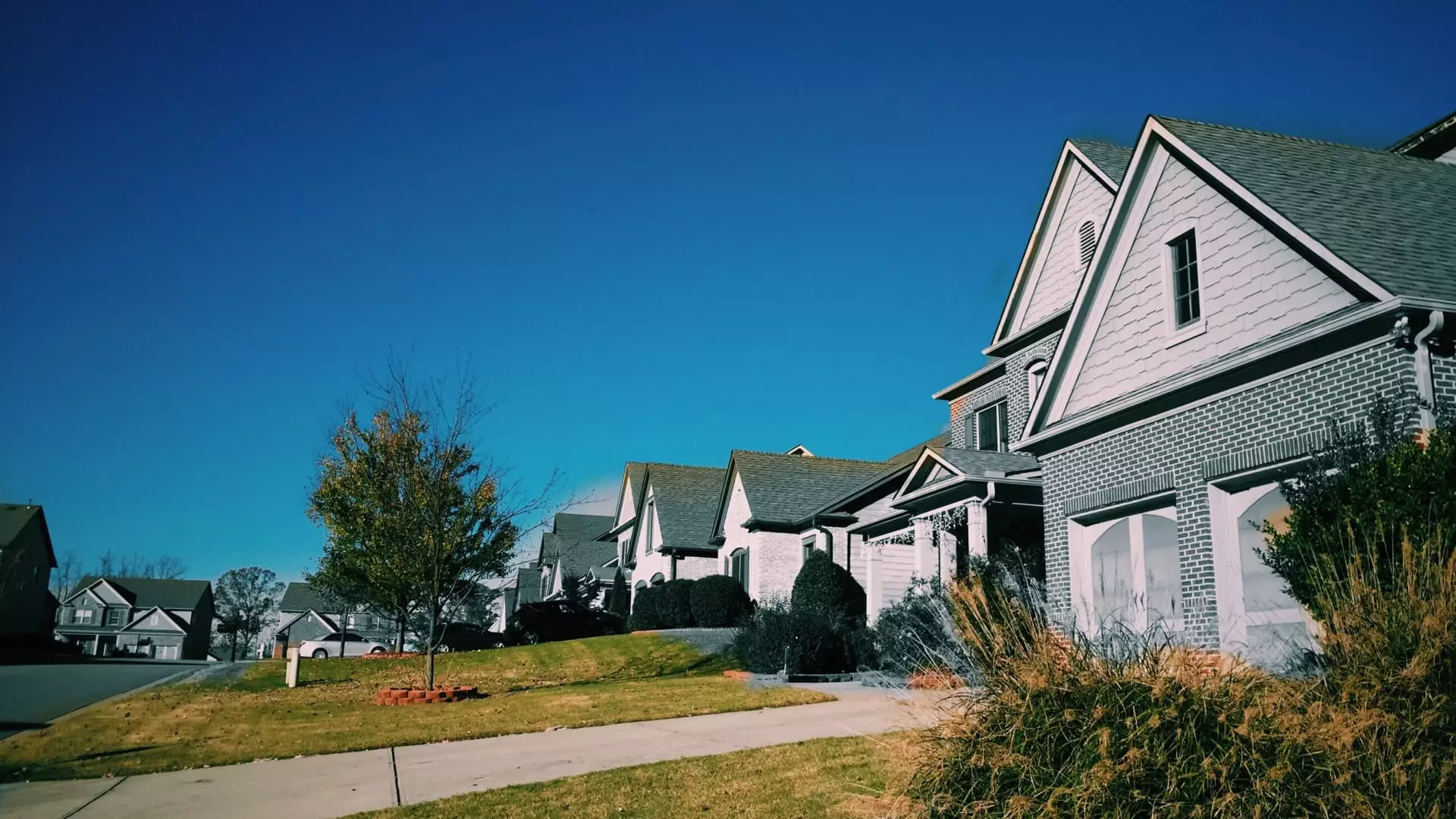The contemporary landscape of housing in the United States reflects unprecedented trends that are reshaping homeowners’ finances. According to data from the St. Louis Federal Reserve, homeowners are currently sitting on more than $32 trillion in home equity, marking an all-time high as of the first quarter of 2024. This surge in home equity is often described as one of the few positive indicators in today’s housing market landscape, as noted by Jacob Channel, a senior economic analyst at LendingTree. With an average of about $214,000 in tappable equity per borrower, many homeowners possess substantial financial resources; roughly 60% have at least $100,000 readily available to access.
The explosion in home equity can primarily be attributed to skyrocketing housing prices over recent years. Andy Walden, vice president of research and analysis at the Intercontinental Exchange, emphasizes that these price increases have built substantial wealth for current homeowners by pushing tappable equity to unprecedented levels. Tappable equity essentially refers to the maximum amount homeowners can withdraw from their homes while maintaining a 20% equity cushion, ensuring that a significant portion of the property remains secured against potential defaults.
However, despite this impressive figure, the current borrowing environment contrasts sharply with the boon of home equity. The Federal Reserve’s series of interest rate hikes has pushed borrowing costs to near-record levels, making it more challenging for homeowners to take advantage of their equity. As Greg McBride, chief financial analyst at Bankrate.com, points out, while borrowing against home equity has long been regarded as an inexpensive financial option, that perception is now shifting due to the current high interest rates. With mortgage rates hovering around 6.3%, many homeowners are understandably hesitant to engage in cash-out refinances, signaling a stark departure from the ultra-low rates witnessed during the pandemic.
Historically, refinances surged when rates were at rock bottom; however, current conditions present a much more cautious market. Though the prospect of lower mortgage rates may eventually open up new refinancing opportunities, McBride advises that these should not be confused with the significant advantages seen in 2021. The cautious sentiment among homeowners is reflected in the recent pattern of refinancing demand, which has markedly surpassed year-ago levels but still lingers under previously recorded highs.
Another route for homeowners hoping to leverage their equity is through home equity loans, which function as secondary mortgages that provide borrowers with a lump sum in exchange for the equity in their homes. Although this option could be enticing for those seeking funds for renovation projects or home improvements, the current average interest rate of 8.52% for these loans presents a hefty barrier, particularly when juxtaposed with traditional 30-year fixed-rate mortgages.
For those desiring fluidity in their borrowing, a home equity line of credit (HELOC) may provide an attractive alternative. A HELOC allows homeowners to borrow against a portion of their home equity as needed, functioning similarly to a credit card but at significantly lower interest rates. Currently, HELOC rates hover slightly below 10%, making it a more feasible option compared to the hefty 20% average interest charged by credit cards. This flexibility can provide essential funds for immediate use, whether for renovations or emergencies, while still being more cost-effective than other high-interest borrowing options.
However, homeowners should proceed cautiously. The financial landscape is littered with pitfalls when challenging a home’s equity. Channel warns of the potential catastrophic consequences of defaulting on home equity loans, including foreclosure, which can devastate one’s financial future. Even in lesser scenarios where foreclosure is avoided, defaulting can seriously impair one’s credit rating, complicating future borrowing efforts across all types of loans. It is crucial that borrowers take a careful approach, weighed down with a thorough understanding of their financial capabilities and a well-devised repayment strategy to mitigate risks.
The record levels of home equity represent both an opportunity for existing homeowners and a substantial challenge in the current climate of rising interest rates. The path forward requires careful deliberation and a strategic approach to borrowing against home equity. Homeowners must navigate these financial waters with caution, considering not only the immediate benefits of tapping into their equity but also acknowledging the long-term implications of their borrowing decisions. A well-informed, proactive strategy will prove vital for homeowners aiming to leverage their hard-earned equity while safeguarding their financial future.

